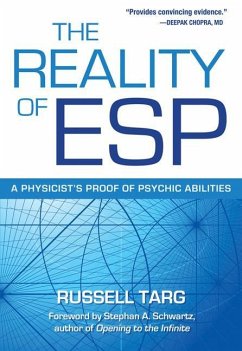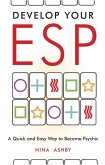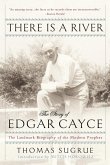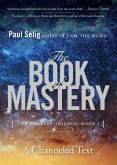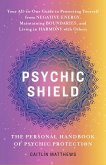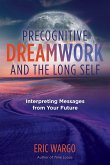On February 4, 1974, members of the Symbionese Liberation Army kidnapped nineteen-year-old newspaper heiress Patricia Hearst from her Berkeley, California apartment. Desperate to find her, the police called physicist Russell Targ and Pat Price, a psychic retired police commissioner. As Price turned the pages of the police mug book filled with hundreds of photos, suddenly he pointed to one of them and announced, "That's the ringleader." The man was Donald DeFreeze, who was indeed subsequently so identified. Price also described the type and location of the kidnap car, enabling the police to find it within minutes. That remarkable event is one reason Targ believes in ESP. Another occurred when his group made $120,000 by forecasting for nine weeks in a row the changes in the silver-commodity futures market. As a scientist, Targ demands proof. His experience is based on two decades of investigations at the Stanford Research Institute (SRI), which he cofounded with physicist Harold Puthoff in 1972. This twenty-million dollar program launched during the Cold War was supported by the CIA, NASA, the Defense Intelligence Agency, and Army and Air Force Intelligence. The experiments they conducted routinely presented results could have happened by chance less than once in a million. Targ describes four types of experiments: 1. Remote Viewing, in which a person describes places and events independent of space and time. For example, while in California Price drew to scale a Soviet weapons factory at Semipalitinsk with great accuracy later confirmed by Satellite photography. In another remote viewing, Targ accurately sketched an airport in San Andreas, Columbia himself. 2. Distant Mental Influence, where the thoughts of the experimenter can positively or negatively affect the physiology (heart rate, skin resistance, etc.) of a distant person. 3. Whole field isolation, where someone in a state of sensory isolation accurately describes the visual experiences of someone else in another place. 4. Precognition and retrocausality, showing that the future can affect the past. That is, the elephant you see on television in the morning can be the cause of your having dreamed about elephants the previous night. Final chapters present evidence for survival after death; explain how ESP works based on the Buddhist/Hindu view of our selves as nonlocal, eternal awareness; discuss the ethics of exercising psychic abilities, and show us how to explore ESP ourselves. "I am convinced," Targ says, "that most people can learn to move from their ordinary mind to one not obstructed by conventional barriers of space and time. Who would not want to try that?"
Hinweis: Dieser Artikel kann nur an eine deutsche Lieferadresse ausgeliefert werden.
Hinweis: Dieser Artikel kann nur an eine deutsche Lieferadresse ausgeliefert werden.

